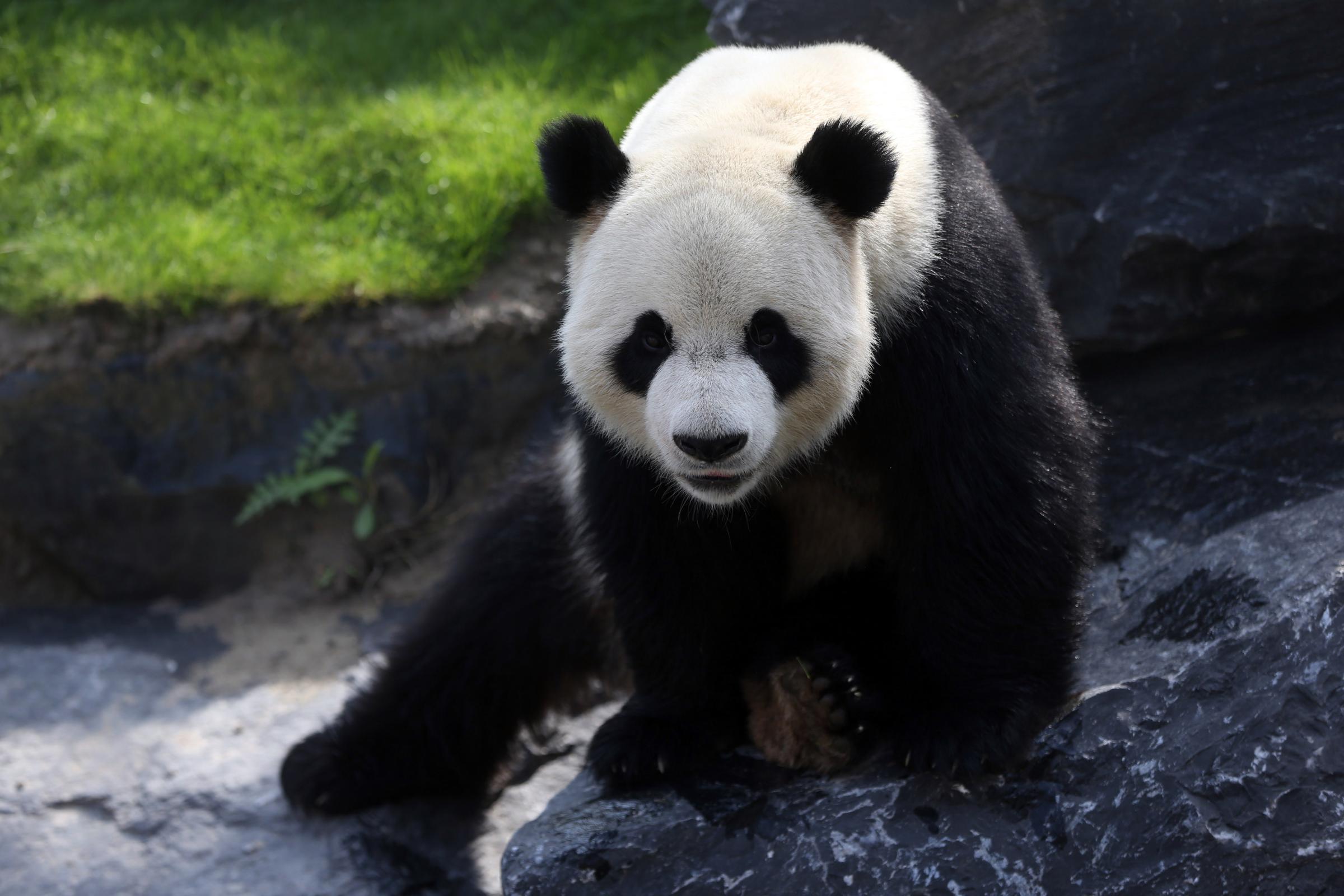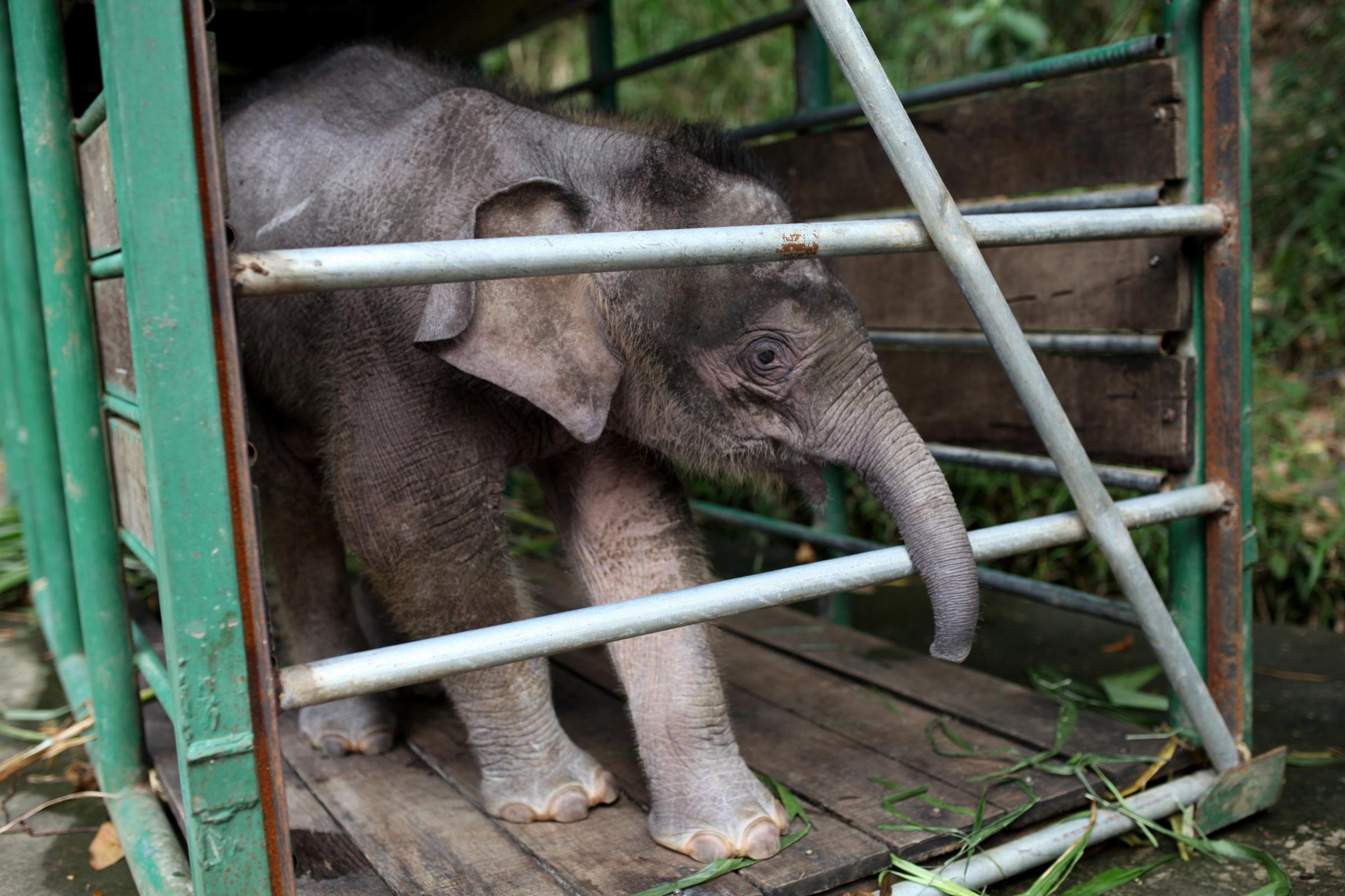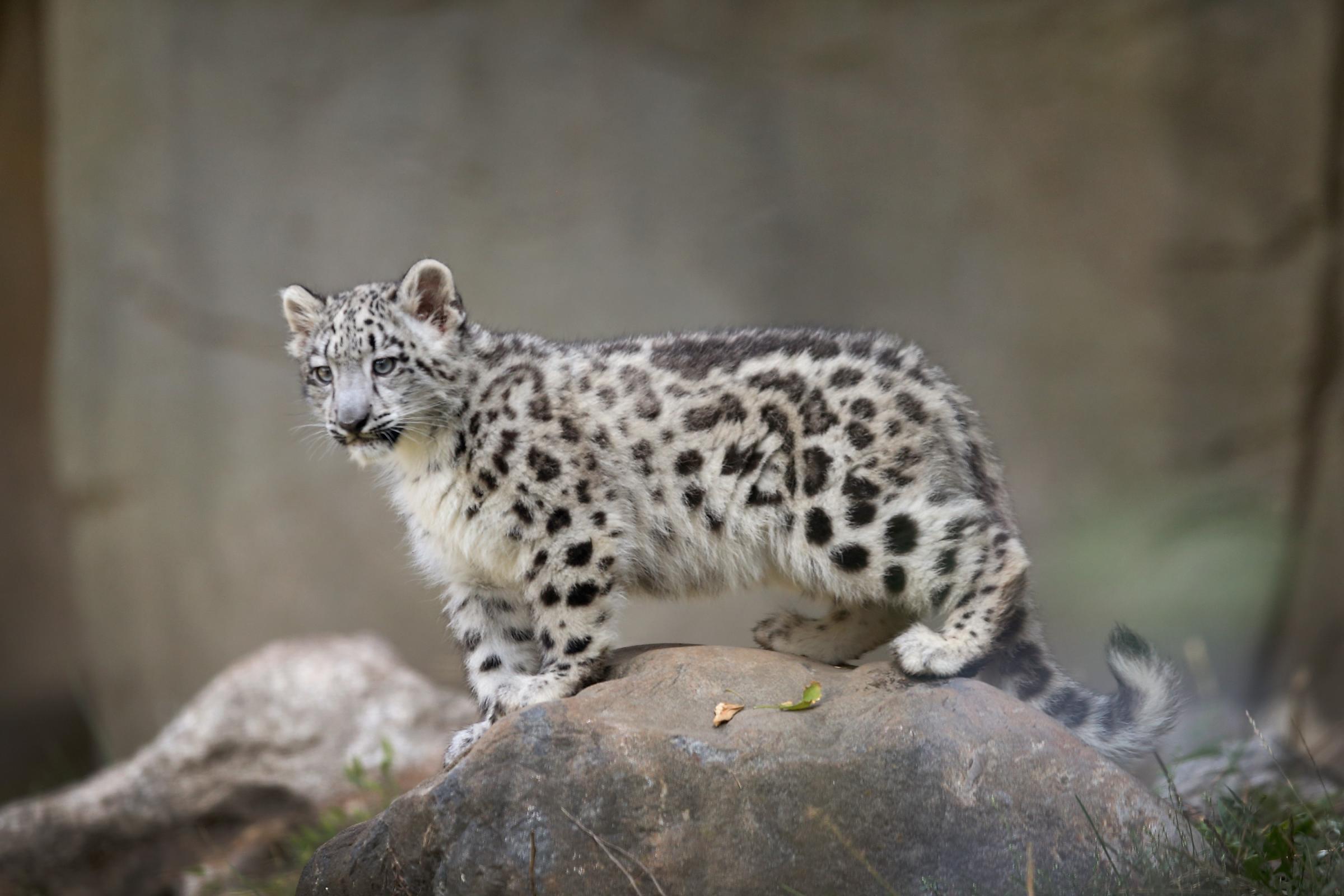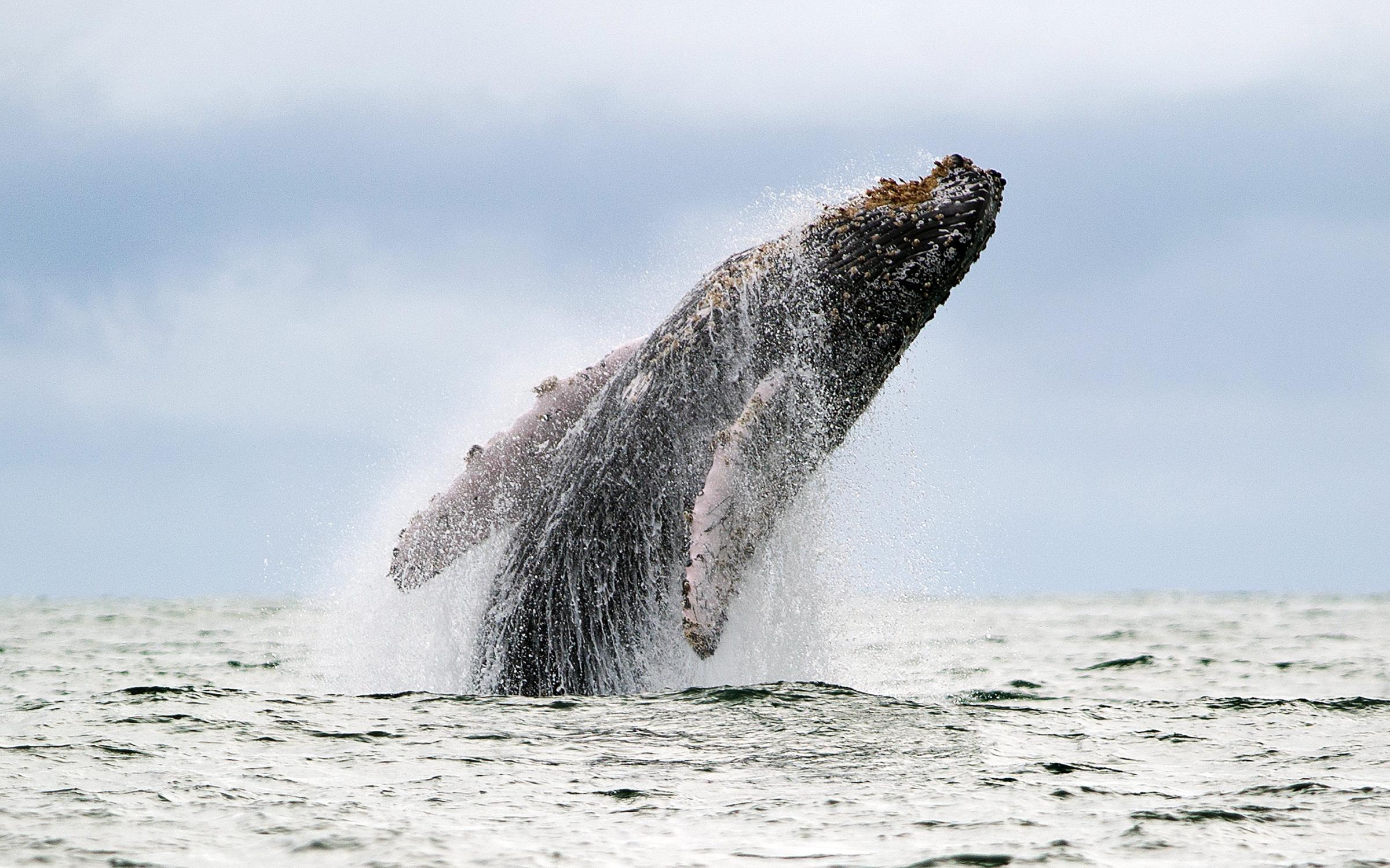Over the weekend, the IMAX documentary Island of Lemurs: Madagascar opened in theaters. Narrated by Morgan Freeman, it is an attempt to raise awareness about efforts to conserve what researchers call the most threatened mammal on Earth. Here’s a glimpse at other threatened and endangered animals that have made headlines recently.
Lemurs of Madagascar

Between poaching and habitat loss due to illegal logging, some researchers now say the lemurs of Madagascar are “the most threatened mammal group on Earth,” according to a recent article in the journal Science. In addition to national conservation efforts, the international research team concluded that increased ecotourism — tourists who pay to see threatened species in their natural habitats — will benefit both the lemurs and the island’s poor rural communities. These newly minted pop culture icons can now be seen on the silver screen in Island of Lemurs: Madagascar, an IMAX documentary narrated by Morgan Freeman.
Giant Panda

Fewer than 1,600 giant pandas are left in the world, making it the rarest bear species. During a recent trip to China, First Lady Michelle Obama visited Chengdu Research Base of Giant Panda Breeding, feeding five approximately 18-month-old pandas by holding out sticks with apples at the end. In addition to the center’s panda cams, you can also see these giant cuddly creatures on cams run by the National Zoo and the San Diego Zoo.
Polar Bear

Polar bears are considered a vulnerable species because their sea ice habitat, which they use to reach seals, their prey, is melting away, forcing them to swim longer to find places to hunt — a phenomenon many scientists and conservationists attribute to climate change. Now you can see them without leaving your home, thanks to Google Street View, which filmed polar bears in Cape Churchill and Wapusk National Park in northern Manitoba in conjunction with Polar Bear International.
Lesser Prairie Chicken

Starting April 11, birders will flock to the annual Central Wisconsin Prairie Chicken Festival to see the feathered animal’s elaborate mating dance. On March 27, the Obama administration updated the lesser prairie chicken’s status to “threatened,” a step below “endangered,” after the species’ population hit record low numbers last year because its habitat has been diminished due to ranching, oil and gas drilling and the construction of wind turbines and power lines. Oklahoma, North Dakota and Kansas have filed a lawsuit challenging the decision, arguing that it will be detrimental to oil, gas and wind-energy businesses, dealing a blow to the states’ economies.
West African Lion

In January 2014, researchers found that lions in West Africa are nearly extinct, with only about 400 left altogether and about half at breeding age, according to Panthera, a non-profit that spent six years tracking them in 17 West African countries. As Philipp Henschel, co-author of the report, told the BBC, “we are talking about some of the poorest counties in the world — many governments have bigger problems than protecting lions.” Some of the last of these lions can be seen at Pendjari National Park-Biosphere Reserve in Benin.
Pygmy Elephant

Found on the northeastern tip of Borneo in the Pacific Ocean, southeast of the Malay peninsula, the endangered pygmy elephants are the “world’s smallest known sub-species of elephant,” according to the World Wildlife Fund. The biggest threats to their habitat are logging and the construction of palm oil plantations, which has led to confrontations between humans and elephants. This conflict was widely speculated to be the cause of 14 pygmy elephants deaths, likely caused by poisoning, that made headlines in January 2013. People who want to see them can “adopt” one through the World Wildlife Fund, which will send them photos.
Galápagos Penguin

The Galápagos penguin has been listed as endangered partly because its survival is threatened by El Niño events, in which the water becomes too warm and causes food shortages. Found in the Galápagos Islands off Ecuador, it is also the only species of penguin found on the equator.
Snow Leopard

Snow leopards in the mountains of Central Asia have been recognized as an endangered species since 1972 because of poaching and the illegal trading of fur and body parts, which are used in traditional Asian medicine. Fun fact: their white and gray fur helps them blend into their natural surroundings, and they have extra-large paws to prevent them from sinking into the snow, according to the Snow Leopard Trust.
Humpback Whale

Found in the oceans of the Southern Hemisphere as well as the Pacific and Atlantic Oceans, the humpback whales that flock to breeding grounds in Hawaii belt out a 20-minute mating song that can be heard as far as 20 miles away. While they can get tangled in fishing gear and struck by ships, the National Oceanic and Atmospheric Administration is in the middle of reviewing a petition to remove the North Pacific population of the whales from the endangered species list because their numbers have rebounded since the international community banned commercial whaling nearly 50 years ago.
More Must-Reads from TIME
- Inside Elon Musk’s War on Washington
- Meet the 2025 Women of the Year
- The Harsh Truth About Disability Inclusion
- Why Do More Young Adults Have Cancer?
- Colman Domingo Leads With Radical Love
- How to Get Better at Doing Things Alone
- Cecily Strong on Goober the Clown
- Column: The Rise of America’s Broligarchy
Write to Olivia B. Waxman at olivia.waxman@time.com